Movie Poster Trends - Attack of the Clones
 Friday, November 1, 2013 at 7:53PM
Friday, November 1, 2013 at 7:53PM  Earlier this week, I started worrying less about all of the barriers to entry in prepping my short film “Abyss” for its release; and began to notice the many ways that I can leverage the (albeit limited) resources I already have access to, for maximum options – including the creation of key art. The search for a movie poster design that best represents “Abyss,” however is still on, bringing us to another common trend among one-sheets.
Earlier this week, I started worrying less about all of the barriers to entry in prepping my short film “Abyss” for its release; and began to notice the many ways that I can leverage the (albeit limited) resources I already have access to, for maximum options – including the creation of key art. The search for a movie poster design that best represents “Abyss,” however is still on, bringing us to another common trend among one-sheets.
I figure it’s worth considering any and all viable design concepts that could work while also identifying the ones that should be avoided like the plague.
So with that in mind, let’s look at some movies with posters that could easily pass for another film in front of audiences. In Christophe Courtois’s compilation A little resemblance, he describes how the study of small similarities between one movie poster and another makes a big difference in being able to identify traces of unoriginality among their designs.
It’s hard to argue with his implications after just one glance at these design patterns. Films with movie posters similar to previous releases appear to be riding the bandwagon of another title’s box office success or public status. That should be no surprise considering the nature of Hollywood – the land of questionable sequels and remakes. So it seems as though one-sheets are no exception to this rule. Why reinvent the wheel when another movie has shown that certain compositions, colors, etc. work when it comes to gaining audience recognition?
Movie Poster Trend #12 - The Rip-Off
“These are supposed to either remind you of another (and much better) movie or outright trick you into believing you’re actually getting this other movie at the videostore.” - Para1/ONTD
Call it lack of originality, a case of false advertising, or the simple form of being a downright copycat. One thing’s for sure, movies adopting this “resemblance” practice that Cristophe is referring to has succeeded in getting people to take notice. I have no problem with that, since it is the whole point of creating movie posters. Yet, there is also a part of me that wonders if such a move in design choices are made at the sacrifice of a film’s credibility in terms of its perceived value among audiences.
As “The Rip Off” movie poster trend suggests, some people may view these types of designs as a form of trying to compensate for a film that isn’t so good. On the flipside, one can also argue that similarities in poster designs are useful for helping to give some movies the extra push that they need -- an advantage that would otherwise not be possible due to limitations in their marketing budgets, difficulties in reaching a target demographic, or related factors.
Do YOU still consider movie posters “original” artwork if their designs are similar to notable films?
Is this practice of emulation among poster designs, as understandable as the sampling and/or song remixes done in the music business?
Previous installments of Movie Poster Trends series include a post on hidden face designs and another about text-over-faces.







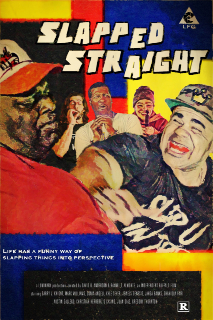





















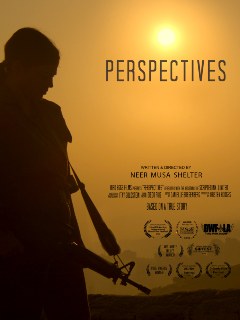
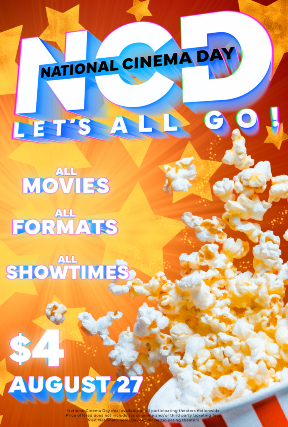


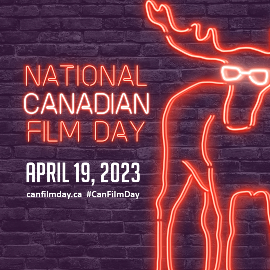

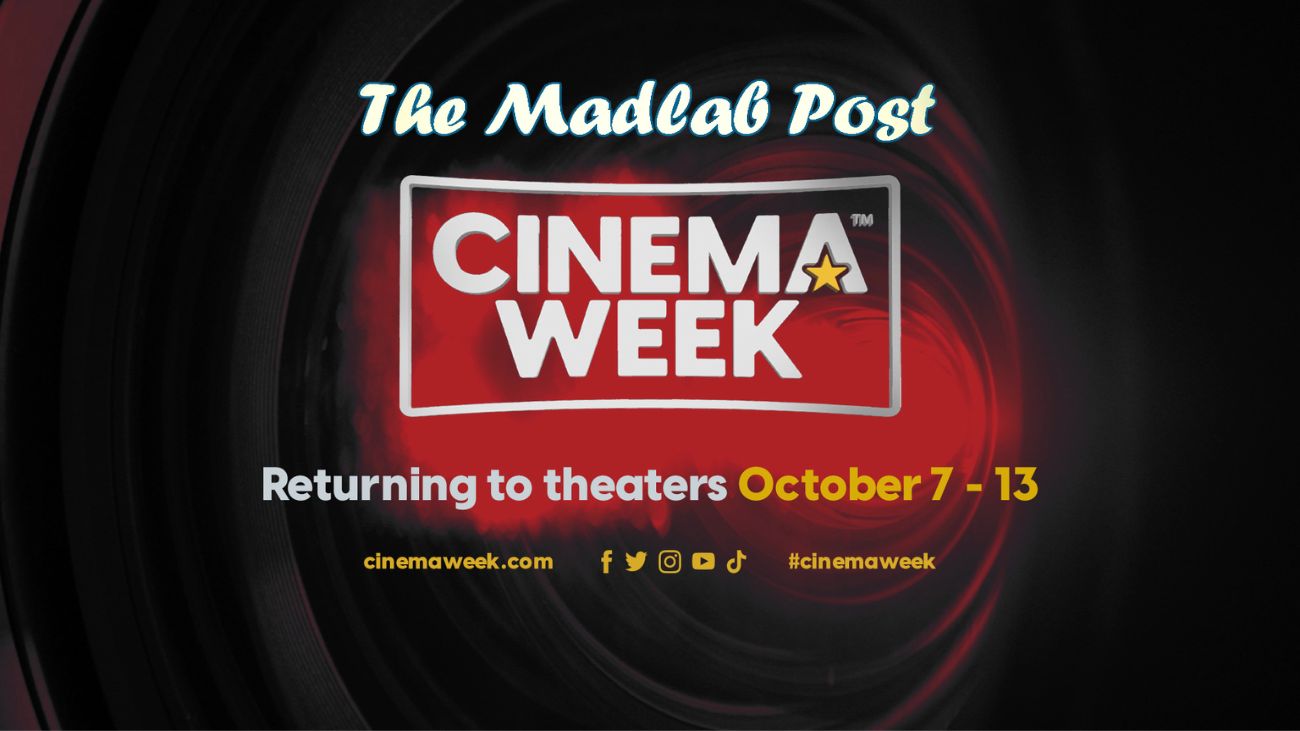







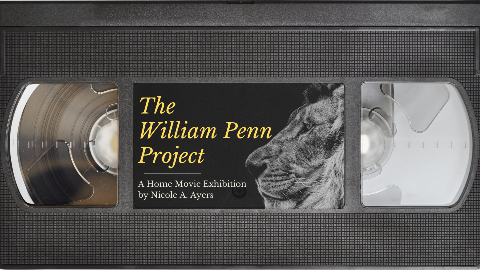
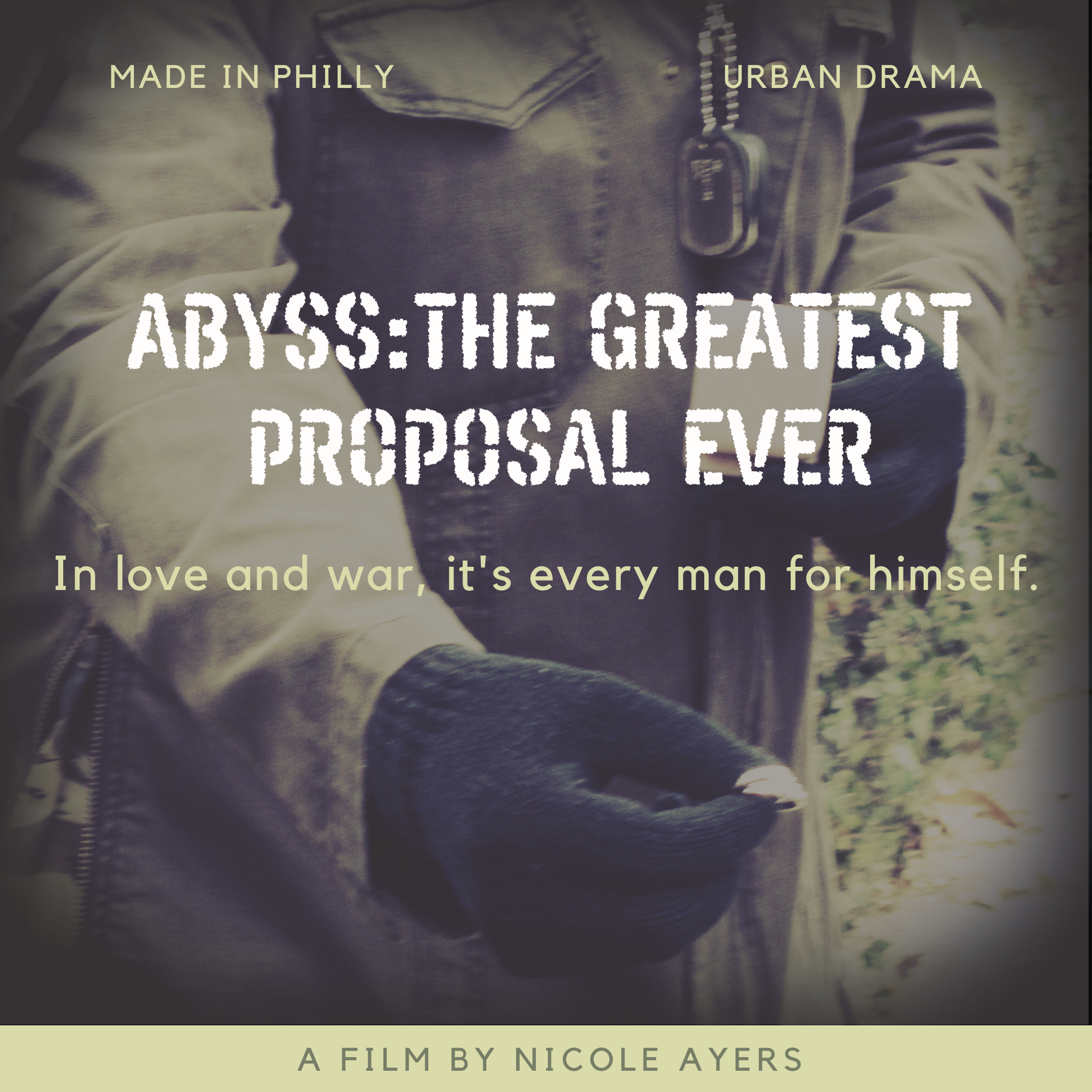

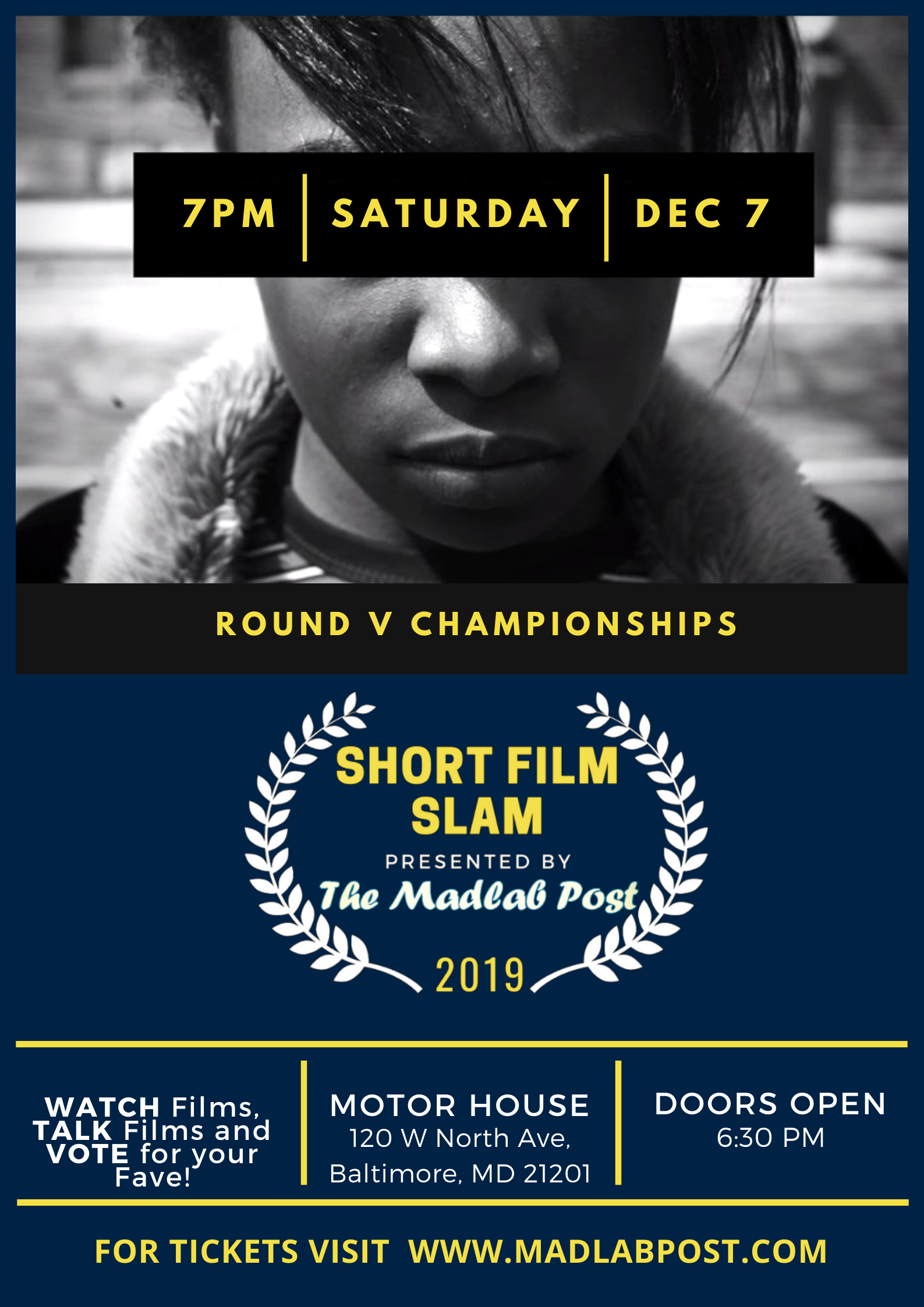
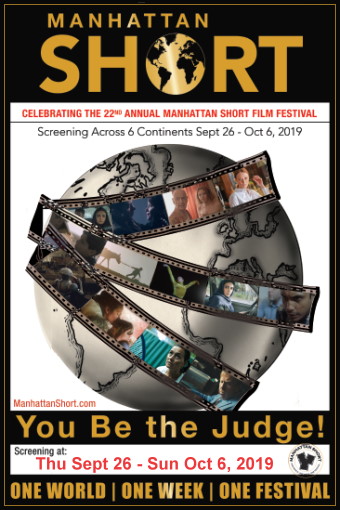





Reader Comments (3)
It's difficult to be 100% original. Songs, movies, book all tend to borrow themes and ideas from previous works. Rare is the singularly unique work of art, which then starts the cycle all over again with ideas being borrowed from it to feed yet another stab at originality. But hey, if the idea is old I can let it slide if the execution entertains me. I tend not to be too harsh on what is essentially entertainment. "Are you not entertained?!" Usually I am, Mr. Crowe. Usually I am.
I disagree. DiCaprio is clearly looking in another direction. Seriously though, I imagine some of this is based on just common design practices more than deception. For example, the "Body of Lies" poster and "Gangs of New York" poster both have a layout that dominates one half of the poster with a large image and then breaks the other half into two parts. Some of the others are just too blatant not to be a rip-off though. It doesn't bother me, but it would if I designed the first poster.
Herman,
Love your comment! Perhaps the graphics arts/fine arts trade has a higher level of expectation than the musical and literary fields when it comes to originality, even if that expectation has little (maybe even delusional) basis. I'm all for original work; at the same time, I can understand how one work can be inspired by another and thus, would have themes that borrow from or reflect the previous work. If it works, I guess there's no reason to re-invent the wheel. Like you said, it's not broken if the audience, reader or viewer is entertained.
Maurice,
Although DiCaprio is looking in different directions on those posters, the overall common design practices that you mentioned -- about the dominant close-up over its remaining content -- are an example of the very similarities that might deem the "Body of Lies" poster a rip-off of the "Gangs of New York" poster to some viewers, considering how common the layout is in both designs. I myself would consider those two posters to be very similar in nature, save for a few adjustments on the color scale and fonts...so I'm on the fence with "Body of Lies." More importantly, I think that both are capitalizing off of their leading cast member's bankable status...and doing a good job at it.
The producers and/or designers would be crazy to not incorporate an A-lister like DiCaprio in their key art. Still, if I gotta call "rip-off" somewhere, I'd be aiming at "Street Kings" and "Training Day" posters as well as "The Good German" and "Casablanca" one sheets. Then again, who knows if the alleged originals in all of these pair-ups aren't featuring elements from some obscure domestic (or even a little known foreign one) film that won't cause someone to do a double take when looking at the poster. I'm with you in terms of really being bothered by the matter if I was coming at it from a designer's standpoint.